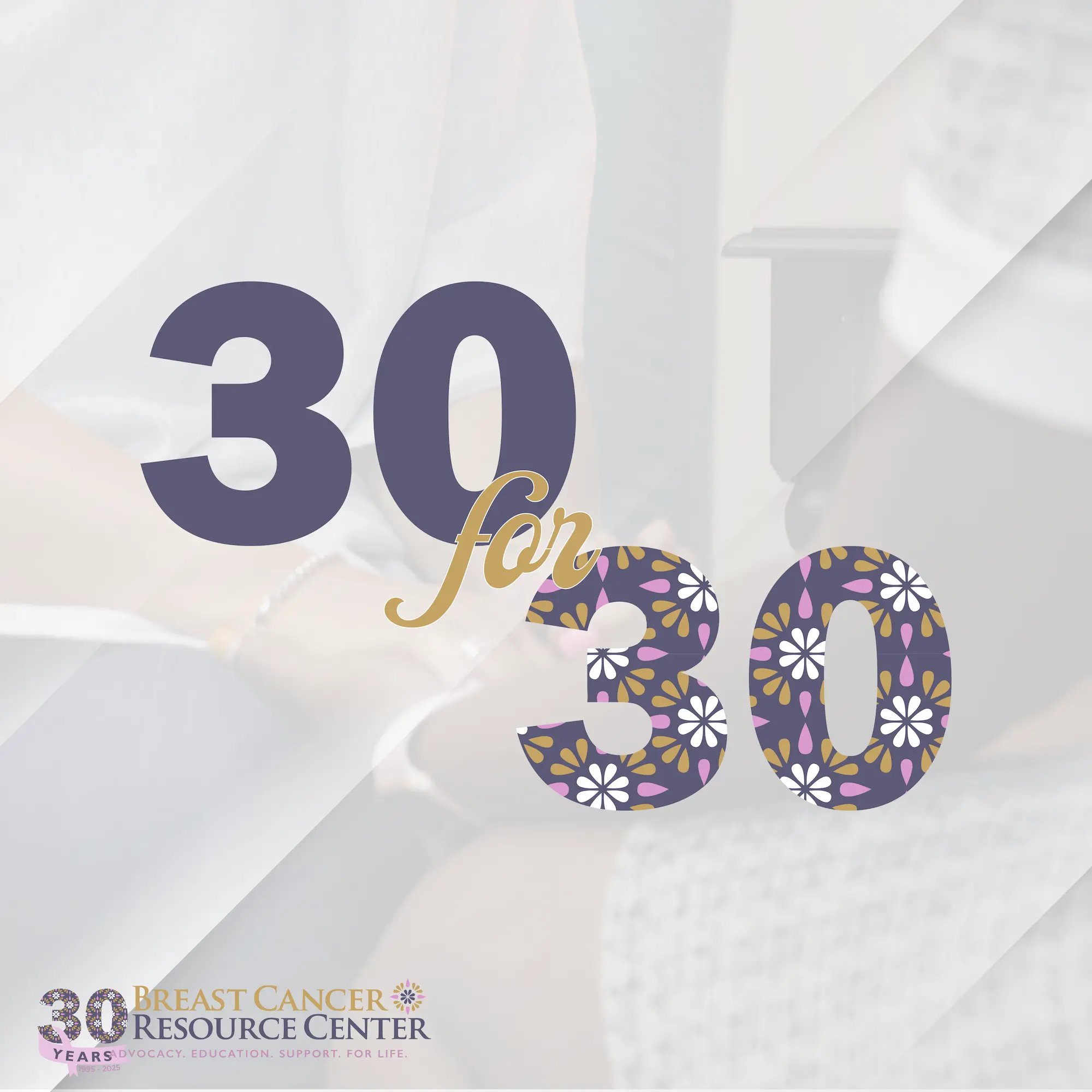 Instructor, Program of Occupational Therapy, University of St. Augustine
Instructor, Program of Occupational Therapy, University of St. Augustine
Lesley Addison Khan-Farooqi, OTD, OTR/L is our guest blogger to address such an important topic as memory strategies for cognitive decline.
Memory Strategies: Tips & Tricks for Everyday Life
Many people have experienced the dreaded mental cloudiness known as chemo brain before, during, and after cancer treatment. Due to this common problem, more studies have recently been conducted to determine the exact reason why this phenomenon occurs. While recent findings have concluded that changes in thinking and memory can be linked to radiation and chemotherapy, more researched is needed to determine the exact underlying causes and the best methods to prevent and cope with it.
We do know that this mental cloudiness can affect women with breast cancer in completing the everyday activities that they enjoy. To help compensate for memory problems there are several strategies that can be very helpful in everyday life.
- Visualization & Association—Make a mental picture in your mind! While this method does sound simple, it is a proven fact that most people remember images better than verbal or written information. Visualization works in three different ways: Images are easier to remember than facts, creating an image in your mind requires you to focus to create the image, and finally reviewing the image in your mind reinforces your memory of the material. Also, you can link a word or the sound of a word to an image. Often times, the sillier you make your mental image in association with the word the easier it is for your mind to remember it.
- Chunking—Break information into smaller parts! Chunking is a memory technique of organizing or combining pieces of information into “chunks”. There are several ways to chunk information together. These include grouping (placing items into smaller groups), patterns (finding patterns within the information), and organizing (sorting information based on its meaning).
- Mneumonics & Acronyms—Link information together! You can use a mneumonic or an acronym to help recall information. An example of a mneumonic is Never Eat Shredded Wheat to help recall the orientation of directions going clockwise: North, East, South, West. An example of an acronym is Roy G. Biv to help recall the colors of the rainbow: red, orange, yellow, green, blue, indigo, and violet.
- Story Method-Put your thoughts into a story! You can use the story method to remember sets of words or sequences of activities by developing a story that includes the information you would like to remember. Remember the more vivid and funny the story, usually the easier to remember.
Other memory strategies that can be helpful include making lists, using alarms or timers, setting prompts on your cell phone, and putting reminders in frequently visited locations. It’s also important to remember to keep your mind and body as healthy as possible by eating well, getting enough sleep, and exercising. A set routine that involves focusing on one task at a time is usually best.
While there is a link between cancer treatment and mental cloudiness, stress has also shown to have a significant impact on memory and thinking. Indicating that stress management techniques can be crucial for women with breast cancer. It can also help to have open communication with your family, friends, and healthcare providers—sometimes an open discussion can be a huge stress reliever! Finally, remember that this mental cloudiness is common and happens to almost everyone from time to time. Often times, utilizing strategies that work for you, a positive outlook, and being able to laugh about the things we can’t control can help!













